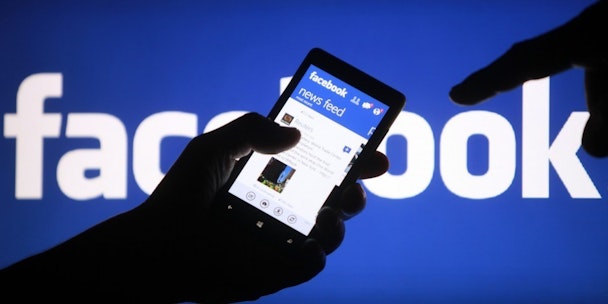Facebook promises ‘metrics clean up’ to bring more clarity to its advertising offering
Facebook is overhauling its metrics offering in a clean up that it claims will help bring greater clarity to advertisers over how paid-for media placements on the network perform – an earlier source of contention for media buyers.

Facebook's latest metrics updates were devised in conjunction with its measurements council / Pixabay
The clean up will see Facebook introduce a new labeling system that will better articulate how ad performance metrics – such as reach and frequency or ad recall rates – are estimated, the retirement of outdated metrics, as well as an education drive to “measure what matters.”
Media buyers will now new able to more clearly see if the labels in Facebook Ad Manager are either “estimated” or “in development”, as well as the methodologies used to apply these labels.
This will enable Facebook to provide better guidance on the likely business outcomes of media buys on the social network, including Instagram and Facebook Audience Network, as advertisers will have better insight, according to Brad Smallwood, Facebook, vice president marketing science.
He penned a blog post outlining the initiative, which states: “For example, reach is an estimate of the number of people who saw an ad at least once. In order for us to report reach, we analyze the number of people who see an ad multiple times, de-duplicate them and then calculate the total number of unique people in real time.
“To do this quickly, we sample the data and will therefore label it as estimated. This is also how reach is calculated for ads on TV and across other digital platforms.”
This transparency initiative will also include stating if metrics are still in development as well as the methodologies, such as polling or machine learning, used to determine them.
“For example, estimated ad recall lift is a metric used by brands to understand the differences between people who can recall a brand after seeing an ad compared to those who have not seen an ad,” added Smallwood.
“This kind of automated measurement is still new and requires both polling and machine learning. Because we use sampling to determine this metric, it will be labeled as estimated, and since we're still gathering advertiser feedback on it, it will also be labeled as in development.”
Such features are available as of today, but the transparency drive will also include the removal of metrics which it has now deemed as unhelpful, such as “Actions, People Taking Action, Cost Per Any Action”, based on advertisers' feedback, beginning in July.
To round-off this initiative is an education program geared towards both brand and direct response marketers which Facebook has dubbed “Measure What Matters”, a scheme that will consist of both live events as well as online tutorials which will kick off in March.
The social network formed a measurement council in late 2016 following a wave of headlines regarding the misreporting of key video metrics with the latest updates made after consulting with this group.
Speaking at a press event hosted earlier today (February 22) in New York City, Smallwood outlined the transparency efforts in a session where members of its measurement council were also present.
Smallwood acknowledged that the social network could improve upon wider levels of understanding on its media offering, including creative optimization, auction and delivery mechanics, video effectiveness, as well as short- and long-term effectiveness measurement.
Also speaking at the event was Ed Gaffney, GroupM, director of implementation research and member of Facebook’s measurement council, who voiced earlier frustration around how its reporting tools were communicated to the market.
“We'd have planning teams are buying teams where we're looking at a particular metric, love that metric or making plans based on that metric. And then we would see dramatic shifts in the numbers and go, what the heck?” he said.
Discussing how such issues were resolved at council meetings, Gaffney explained how even some of the most informed advertising effectiveness professionals were unclear as to Facebook’s measurement offering.
“So it kind of illustrated the point, we needed some more communication about those metrics to understand exactly where they came from and what they meant,” he said. “That one thing that got cleared up pretty quick in our heads, but then we're like ‘okay, so now you have to tell the world’.”

